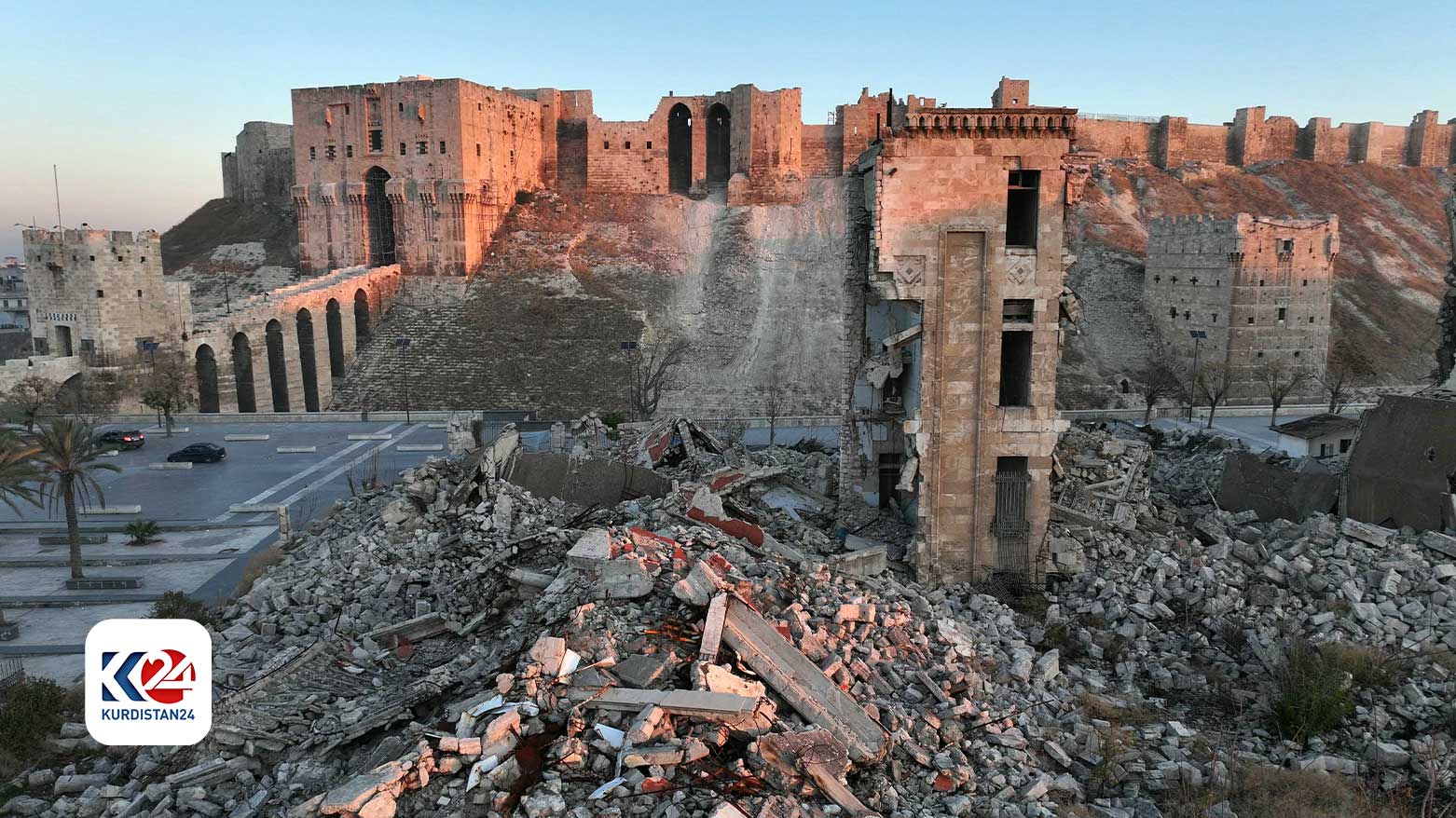Fate of historic Aleppo hangs in the balance
The recent unfolding events in this ancient city, with Hayat Tahrir al-Sham and its allies claiming control of the city, have brought about a new layer of uncertainty over the future of this once bustling and vibrant city.

Dec. 1, 2024
ERBIL (Kurdistan24) - Aleppo is one of the oldest and continuously inhabited cities in the world and is considered an important hub for business and trade, owing to its strategic geographical location linking the Middle East to the Mediterranean Sea.
Throughout history, Aleppo has come under various imperial power and control, including the Hittite Empire which was an Anatolian Indo-European people who formed one of the first major civilizations of Bronze Age West Asia.
Later on, it was controlled by the Byzantine, which is also referred to as the Eastern Roman Empire. This empire was the continuation of the Roman Empire centered in Constantinople during late antiquity and the Middle Ages.
And, at a period in its history, Aleppo was also among the territories controlled by the Ottoman Empire, which was an imperial realm that controlled much of Southeast Europe, West Asia, and North Africa from the 14th to early 20th centuries.
In short, if the history of this ancient city is read through the annals of history, it could be said that it has seen and experienced the rule and exchange of rules of many great human empires.
The contemporary city of Aleppo, located in northwestern Syria, is of great importance both to the Syrian government and regional powers.
The importance of this key city can be shown in the following points:
- It is the second biggest city in Syria. For decades, Aleppo was Syria's largest city until its population was surpassed by Damascus, the capital of Syria, the largest city in Syria's northern governorates and also one of the largest cities in the Levant region.
- It is considered Syria’s capital of trade and business.
- Its estimated population, although there could be variations in this estimate, is more than 2 million.
- The geographical location of the city is of tremendous importance. Aleppo lies about 120 km (75 mi) inland from the Mediterranean Sea, on a plateau 380 m (1,250 ft) above sea level, 45 km (28 mi) east of the Syrian-Turkish border checkpoint of Bab al-Hawa. The area is one of the most fertile in Syria, with wheat fields and orchards covering the plain south of the city.
Regardless of its history and geographical importance, Aleppo is rich in its cultural contribution in fields such as music, and arts, as well as being famous for its rich food culture and cuisines.
The city is also home to people from different religious and ethnic backgrounds, sheltering Arabs, Kurds, and Christians alike.
Constant conflicts and tensions in Syria have drastically manipulated the demographic nature of this city and have caused heartbreaking impacts on historical sites. Conflicts, as they usually do, have brought nothing other than ruin and destruction to the city.
The recent unfolding events in this ancient city, with Hayat Tahrir al-Sham and its allies claiming control of the city, have brought about a new layer of uncertainty over the future of this once bustling and vibrant city.
